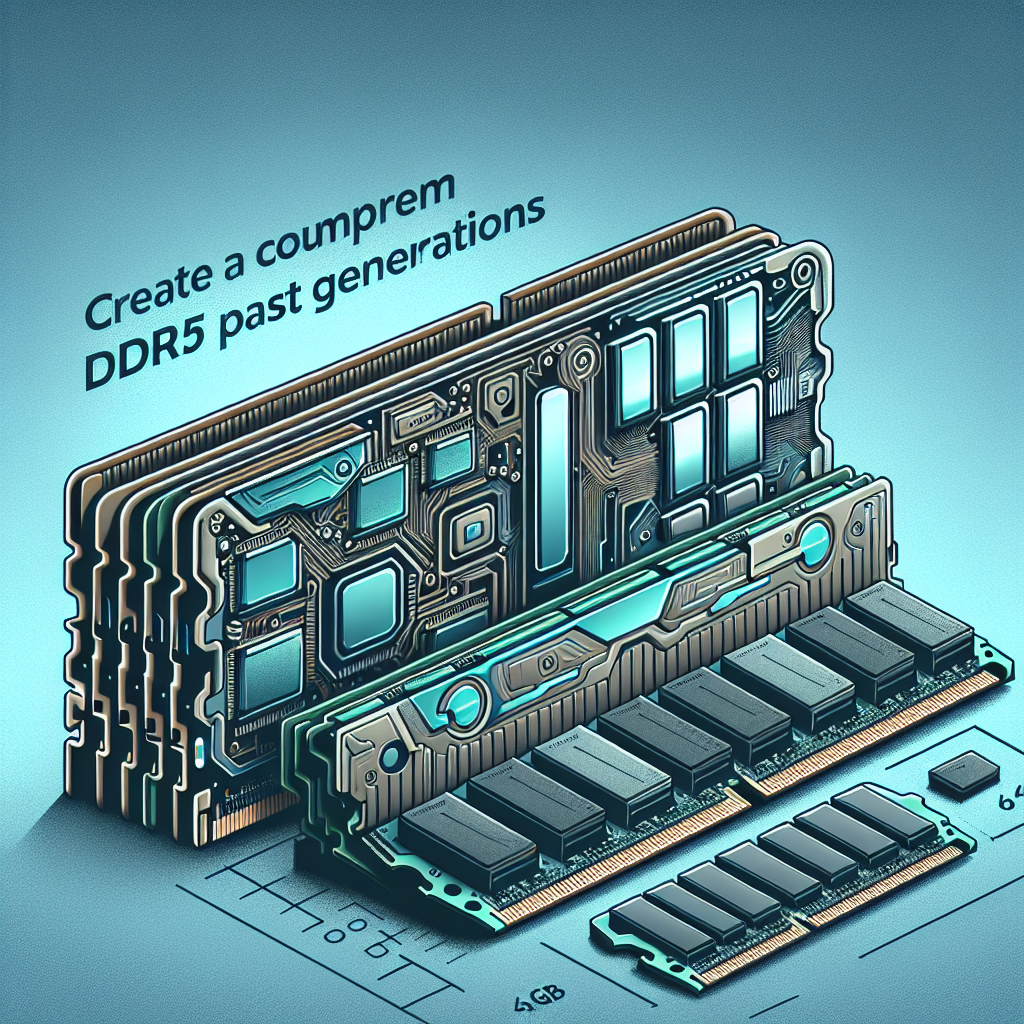Your cart is currently empty!
Comparing 64GB DDR5 RAM to Previous Generations: What’s Changed?

With the release of the new 64GB DDR5 RAM, many tech enthusiasts are eager to see how it compares to previous generations. DDR5 RAM promises faster speeds, higher capacity, and improved power efficiency, but how does it stack up against its predecessors?
First, let’s take a look at the capacity. DDR5 RAM offers a whopping 64GB capacity, which is double the maximum capacity of DDR4 RAM. This means that users can run more demanding applications and multitask with ease. In comparison, DDR4 RAM typically comes in capacities ranging from 4GB to 32GB.
In terms of speed, DDR5 RAM boasts faster data transfer rates compared to DDR4 RAM. DDR5 RAM can reach speeds of up to 6400 MT/s, while DDR4 RAM typically ranges from 2133 MT/s to 3200 MT/s. This means that DDR5 RAM can handle more data at once, resulting in smoother performance and faster load times.
Another key difference between DDR5 RAM and its predecessors is the improved power efficiency. DDR5 RAM operates at a lower voltage compared to DDR4 RAM, which helps reduce power consumption and heat generation. This not only benefits the environment but also prolongs the lifespan of the RAM modules.
Overall, DDR5 RAM offers significant improvements over previous generations in terms of capacity, speed, and power efficiency. However, it’s important to note that DDR5 RAM is not yet widely supported by motherboards and processors, so users may need to upgrade their hardware to take full advantage of its capabilities.
In conclusion, the release of 64GB DDR5 RAM marks a significant milestone in the evolution of computer memory. With its higher capacity, faster speeds, and improved power efficiency, DDR5 RAM is set to revolutionize the way we use and interact with technology. As more devices adopt DDR5 technology, we can expect to see even greater advancements in performance and efficiency in the years to come.

Leave a Reply